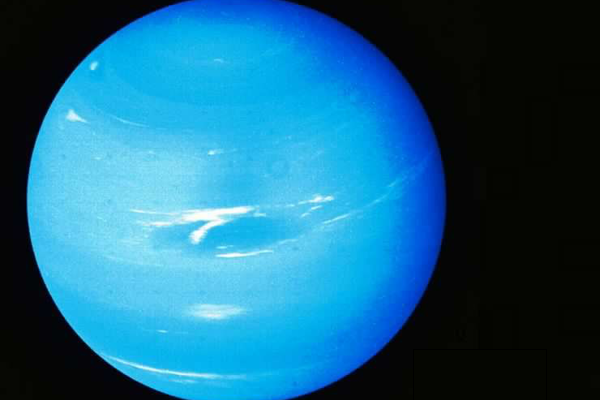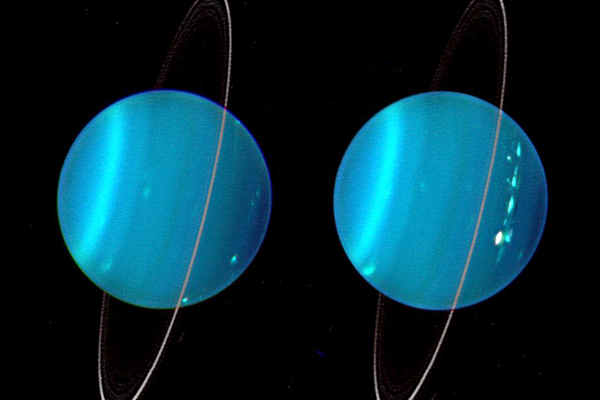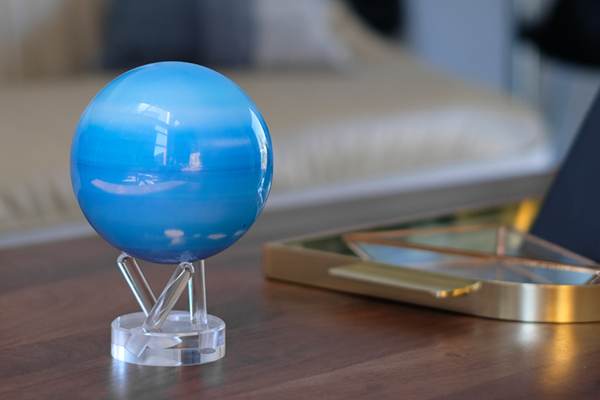Uranus, the seventh planet in our solar system, and the third largest, was discovered on March 13th, 1781 by the British astronomer William Herschel. It was the first planet to be discovered by telescope – one which Herschel had built himself. While Uranus was seen prior to its official discovery (it’s visible to the naked eye), it was assumed to be a star, because it’s dim compared to other planetary bodies, and it has a very slow orbit compared to earth. It takes Uranus 84 earth years to complete one planetary rotation around the sun. In fact, the earliest we know for sure that Uranus was seen took place long before it was categorized as a planet. It was recorded by the ancient astronomer Hipparchos around 128 BC, where it was likely recorded into his star catalogue. Even Herschel, however, who had the benefit of using an early telescope, first believed Uranus to be a comet.

Even while he continued to believe that Uranus was a comet, other astronomers started weighing in on his discovery with other ideas. Anders Johan Lexell was the first to calculate the planet’s orbit around the sun. Since its orbit was a nearly perfect circle, he was convinced it was a planet instead of a comet. After two years of deliberation, everyone (including Herschel) had accepted that Uranus was a new planet, thus expanding the realms of our solar system.
Herschel initially named his planet the Georgium Sidus, which translates to “The Georgian Planet.” It was named in honor of the English king at the time, King George III. This name was not widely accepted in areas outside of Britain, and other astronomers began recommending alternatives. The name Uranus wasn’t widely adopted until 1850, after being suggested by the astronomer Johann Elert Bode to make its name more in sync with the existing planets, which were also named after Greek and Roman gods and goddesses. Uranus was the grandfather of the king of gods, Zeus, and was the first planet named after a solely Greek god.

Like Saturn, Uranus has numerous rings. While Herschel reported seeing rings, they are very difficult to view, so it’s widely believed that he must have been seeing something else. The rings of Uranus were not truly discovered until 1977. Uranus has 13 distinct rings, each one being very dark and thin. It is believed that its rings may have originally been moons which were broken up by the force of Uranus’s gravitational pull. Rather than dust, its rings appear to be made from larger pieces of dark rock.

Uranus is known as an “ice planet.” It has vivid blue coloring that gives it a distinguished look among other planets. Those dim, it is one of the solar system’s most beautiful. That is one reason why we’ve finally created our Uranus Mova Globe. Created using real satellite imagery, it depicts a realistic view of Uranus as seen from space. It’s the final planet needed to create the entire solar system using our rotating MOVA Globes, and we couldn’t be more excited to be offering this beauty to astronomy buffs and collectors alike.

